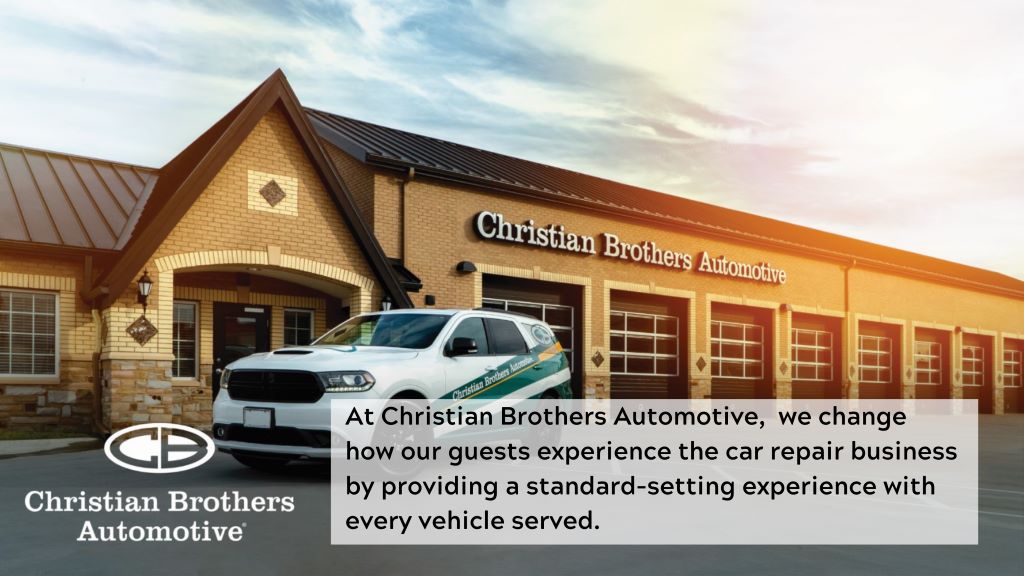Short-Range Radars Have Huge Potential in the Automotive Radar Market, Finds IDTechEx Research
Radars are already cemented into the automotive market as they provide popular ADAS features such as adaptive cruise control (ACC) and blind spot detection (BSD). Despite their nearly ubiquitous presence in vehicles, IDTechEx’s new report “Automotive Radar 2024-2044: Forecast, Technologies, Applications” finds that there is still significant growth potential for this sensor, driven mainly by new opportunities for short-range radars.
The analysis performed in IDTechEx’s new report finds that approximately 70% of vehicles in 2022 were shipped with ACC or automatic emergency braking (AEB). These typically use long-range and high-performance front-facing radar.
With 70% of the market already using a front radar, there is little room for additional growth, but short-range radars for applications like BSD currently have far less penetration. IDTechEx’s new report “Automotive Radar 2024-2044: Forecast, Technologies, Applications” finds that only ~30% of vehicles in 2022 were shipped with BSD systems. With advanced driver assistance systems (ADAS) such as BSD booming in popularity, there is the potential for the short-range radar market to more than triple in size over the coming years.
Not only will the short-range radar market grow from the broader adoption of existing ADAS technologies such as BSD, but new ones require even more radars per vehicle. Systems like lane change assistance, junction pedestrian automatic emergency braking, and others are at the cutting edge of ADAS technologies.
They can require complete 360˚ radar coverage provided by at least four short-range radars. This is known as a radar cocoon, creating an all-encompassing monitored and protected region around the vehicle. The emergence of these technologies provides another massive growth opportunity for radar, with significantly more units being required per car.
Radar Cocooning
Radar cocooning is also something that IDTechEx has observed for vehicles that are targeting level 3 autonomous driving approval. Level 3 means that the driver can disengage from the task of driving and requires a comprehensive suite of sensors for the vehicle to maintain diligent awareness of its surroundings.
So far, the Honda Legend, Mercedes S-Class, and EQS have received approval for level 3 driving in some regions, and all of these use four corner radars, creating a radar cocoon. BMW is currently working towards level 3 certification of its 7-series and i7. IDTechEx believes that level 3 technologies will be heading towards mainstream adoption over the next decade, thus creating more growth in short-range radar markets.

One Front Radar and Four Side Radars
With one front radar and four side radars, five might sound like many radars per vehicle. But this is small when compared to some of the robotaxis in testing. Robotaxis is designed for autonomous MaaS (mobility as a service), and they will be transporting people with no one behind the steering wheel and likely without a licensed driver in the car.
As such, they need a very robust sensor suite that can deal with many different weather and lighting conditions and even carry on with one or multiple sensor failures. IDTechEx‘s research has shown that, on average, these vehicles carry more than ten radars each.
While these vehicles will not dominate the radar market, they are just another example of how the automotive radar market can expect continued growth over the next two decades.
Despite IDTechEx’s report “Automotive Radar 2024-2044: Forecast, Technologies, Applications” finding that short-range radars have the most growth potential, it also highlights the changing demands for front-facing radars.
With autonomous technologies coming to fruition, the performance demands for front radar keep increasing, with more range and better imaging potential being critical requirements for future technologies.
Radar is already well established in the automotive industry, with a market value 2022 of US$8 billion. However, with all the growth opportunities discussed here, IDTechEx predicts continued and healthy growth in this market, with a 10-year CAGR of 6.9%.
UP IN NEWS
- Iron Lynx Battles for Victory in Gruelling 2023 Petit Le Mans
- How to Avoid a Tyre Blowout
- Loeb Puts BRX in Contention in Morocco
- Iron Lynx Takes Victory at Vallelunga in Italian GT Championship
- EpiCar Opens Dealer Registration: Join the Revolution in Automotive Sourcing
For all the latest automotive news, reports, and reviews, follow us on Twitter, like us on Facebook, subscribe to our YouTube page, and follow us on Instagram, which is updated daily.
Stay Ahead of the Curve
Unlock the World’s Leading Source of Automotive News and Analysis.
Autoscommunity.com provides innovative marketing and advertising solutions to support an advertiser’s specific campaign objectives.
Customised programs leverage the best of Autoscommunity.com. Please contact our sales team today and see what our team can do for your custom advertising solutions.
-
Email: [email protected]
-
Please Read Our Privacy Policy
Why You Can Trust Autos Community
Our expert, award-winning staff selects the automotive-related news we cover and rigorously researches and tests our top picks.








Comments are closed.